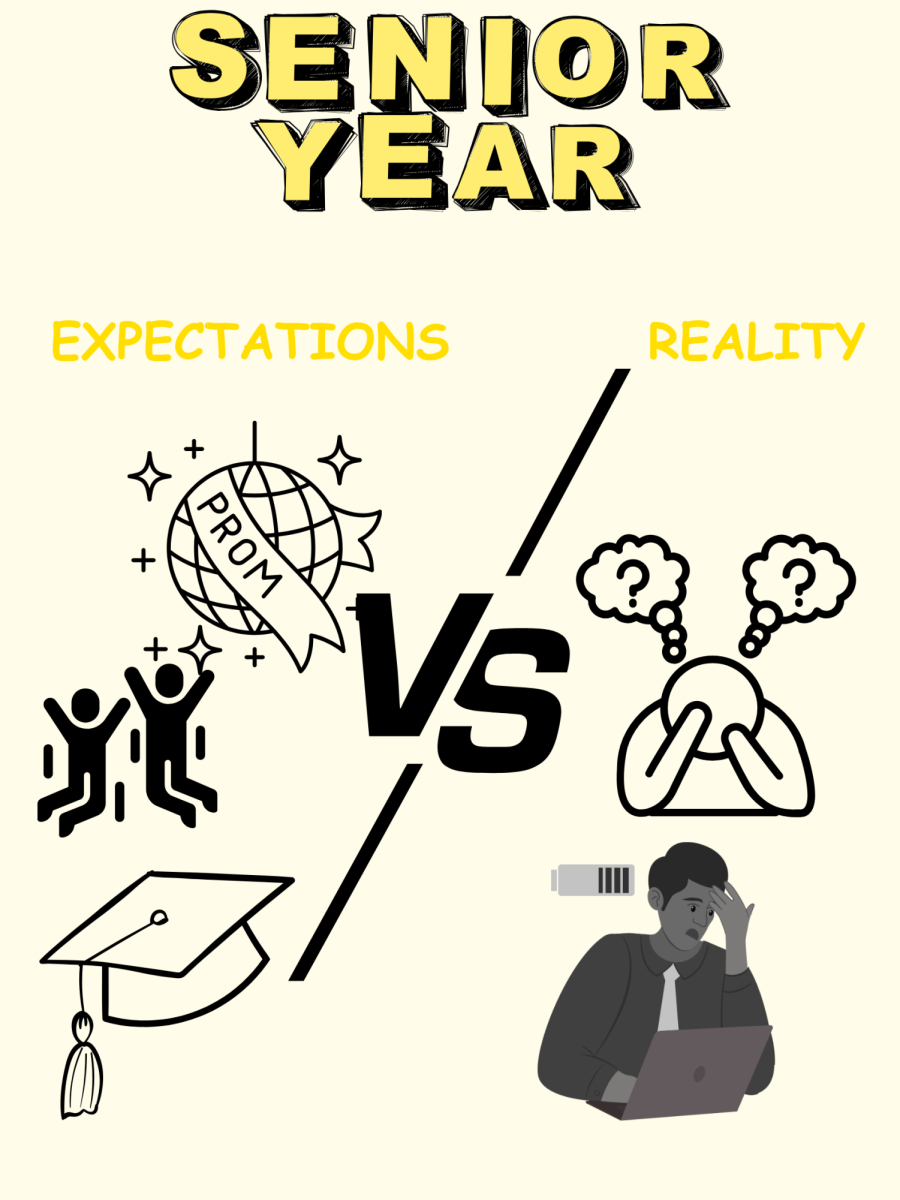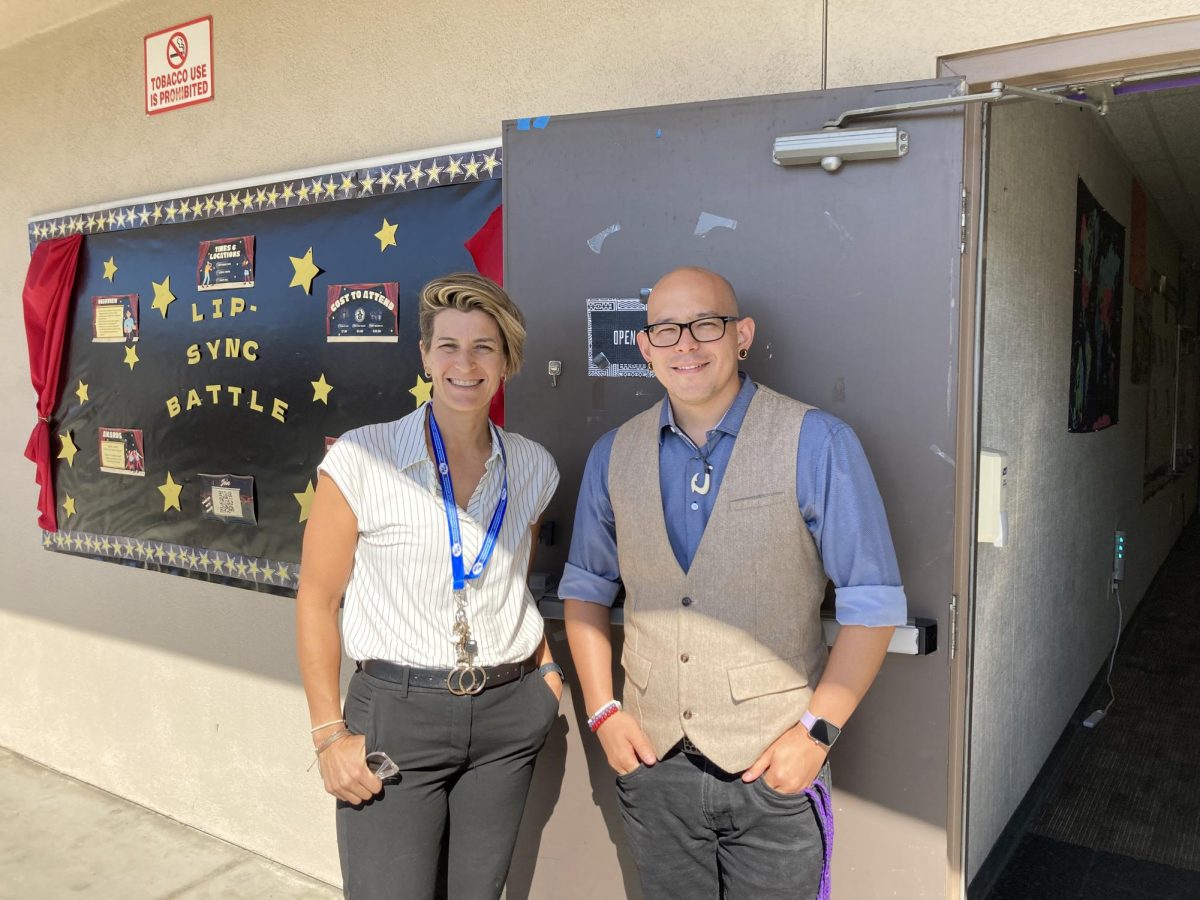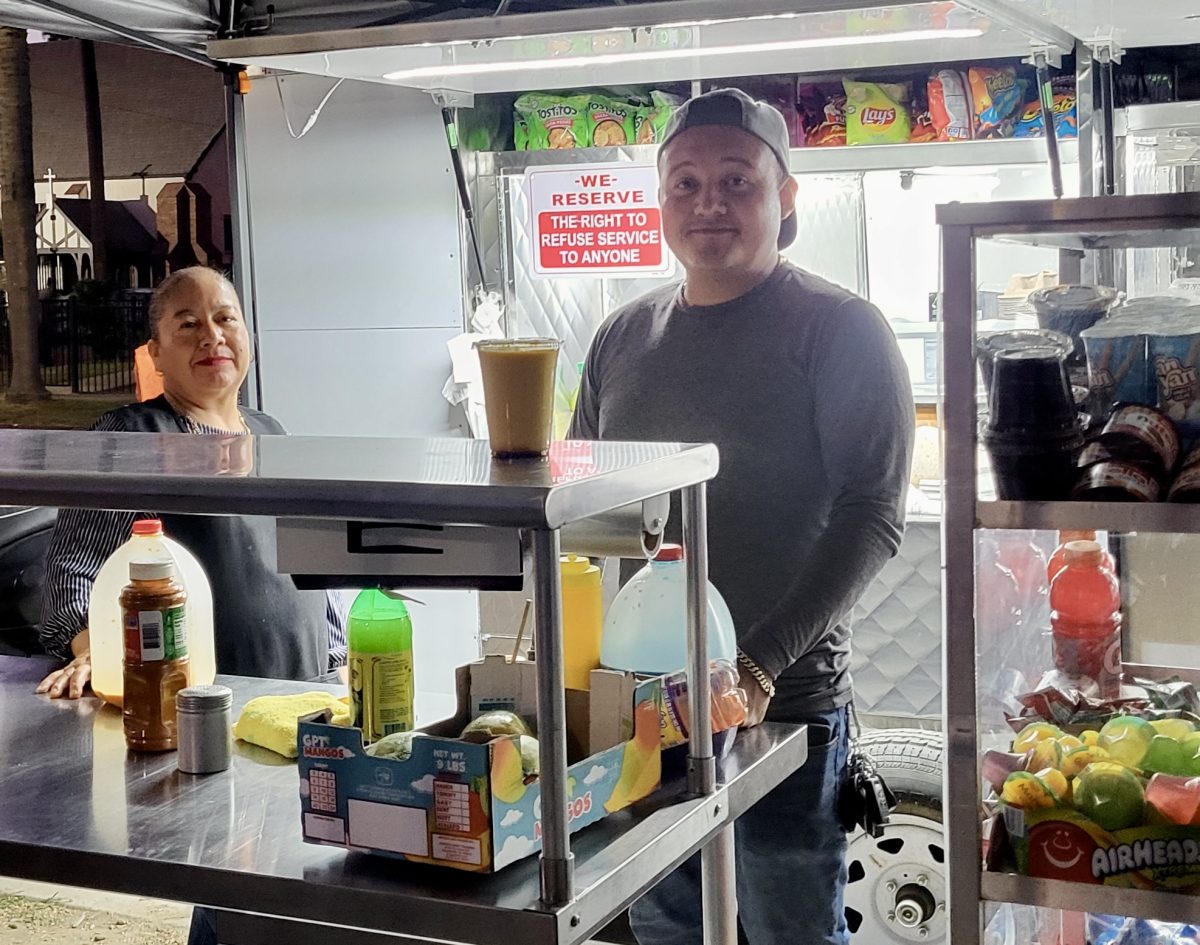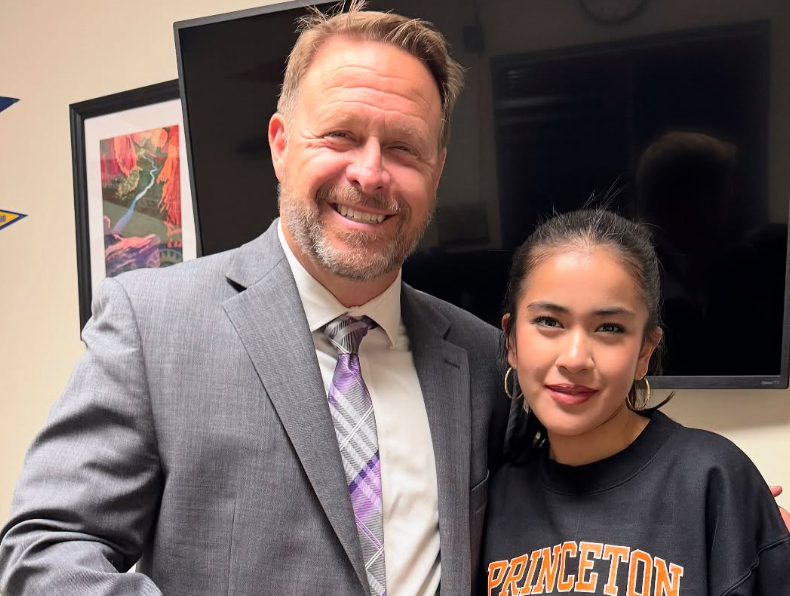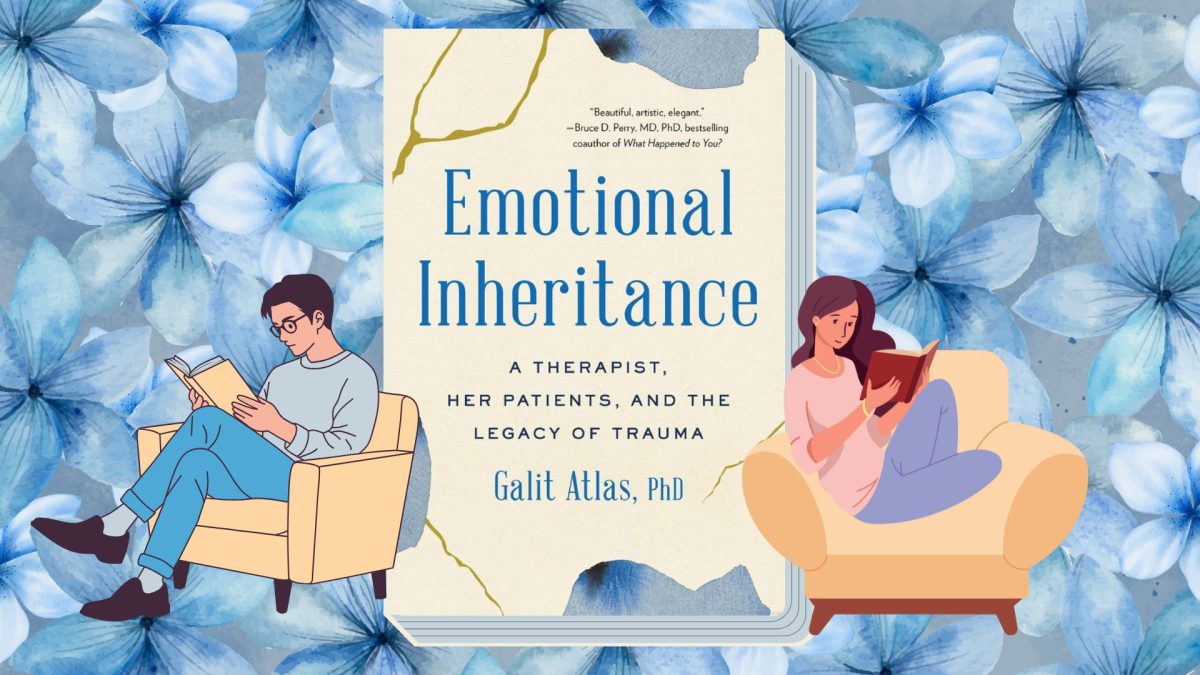In June of this year, I was on Instagram scrolling through my friends’ stories when I saw a phrase repeated over and over again. I was curious as to why the phrase kept being repeated so I decided to click on one of these posts. I read the caption of the post and scrolled down to the comments to see if anyone was explaining the phrase to others.
Instead, I was met with commenters expressing their outrage at the situation and with no one willing to explain why. Running to Google, I looked up the phrase “affirmative action” and was met with news outlets already talking about it and its removal. I decided to click on the first one I saw and found out about a safety blanket I didn’t know I had and had now just lost.
Affirmative action
Joseph Ax, in his article “What the Supreme Court’s ruling on affirmative action means for colleges,” explained affirmative action.
“Affirmative action typically refers to admissions policies aimed at increasing the number of Black, Hispanic and other minority students on campus,” Ax said.
Affirmative action was something that was intended to diversify college campuses and allow space for minority students to express themselves and exist. Unfortunately, during the summer, the non-profit organization of Students for Fair Admissions (SFFA) decided to file lawsuits against the President and Fellows of Harvard College and the University of North Carolina due to their race-based admissions programs. The SFFA claimed that by universities having race-based admissions programs, they were in violation of the Equal Protection Clause of the Fourteenth Amendment.
The lawsuits reached all the way to the Supreme Court and from there, the Supreme Court came to the conclusion that it was unconstitutional to have race-based admissions programs and removed affirmative action nation-wide.
Everywhere was set aflame with individuals putting in their two cents and discussing what exactly this meant for the next bunch of seniors and the many seniors after them.
MCHS counselor Janet Montes, who works primarily with the seniors for this school year, explained how the removal of affirmative action will affect minority students and diversity in higher education.
“The amount of people who apply is gonna go down due to the removal…And that’s really unfortunate because you’re getting just one perspective anytime you’re learning something…it doesn’t matter the subject. If you’re getting rid of the diversity, you’re also getting rid of the top scholars having worldly experiences and ideals,” Montes said.
Not only is the removal of affirmative action going to limit and decrease diversity in higher education settings, but for many, this meant the possibility of a reduction in minority students even applying for more prestigious schools.
When California barred the use of race in college admission decisions, they instantly saw a decrease in minority enrollment in the University of California, Berkeley with the total enrollment of Black and Hispanic students declining about 800 students per year after the ban.
When the University of Michigan in Ann Arbor decided to ban race-conscious admission after their Affirmative Action Initiative, their student of color enrollment rates decreased significantly especially with their Black and Native American students, whose enrollment dropped 44% and 90% respectively.
When minority students apply to schools, there is a sort of comfort in the belief that there will be others with similar life experiences to help combat feelings of isolation. If that comfort is removed, minority students will be spotlighted and more often than not, will be given the burden of being the sole person of color in every room they’re in.
Based on what happened in California and Michigan, the removal of affirmative action nation-wide will also likely impact the amount of diversity in higher education.
NPR reporter Greg Rosalsky, in his article “Affirmative action for rich kids: It’s more than just legacy admissions,” explained how there was already a disparity between minority students and their ability to even apply to these schools before the Supreme Court decision and emphasizes how it will most likely increase.
“Kids from the richest 1% of American families were 77 times more likely to attend an Ivy League college than those from families in the bottom fifth of the income distribution….Now, with race-based affirmative action dead, it’s plausible that the underrepresentation of lower and middle-class families at these schools could look even worse in coming years, because race is strongly correlated with income and wealth,” Rosalsky said.
Supreme Court Chief Justice John Roberts, who has been a longtime critic of affirmative action programs, had the belief that universities choosing to focus more on an individual student’s race rather than any challenges they might’ve overcome, skills developed, and lessons learned was wrong and unconstitutional since our US constitution is “colorblind.” This is what drove him to vote in favor of the SFFA against Harvard College and University of North Carolina in their lawsuit.
However, Nina Totenberg, NPR’s legal affairs correspondent, explained in her article, “Supreme Court guts affirmative action, effectively ending race-conscious admissions,” that the Supreme Court making the decision to end affirmative action this year completely contradicts the decision surrounding race-based affirmative action years ago.
Totenberg emphasized that the system was determined as fine and cohesive by previous Justices…until this year.
“That system, reaffirmed twice by the Supreme Court, has remained in place not just at Harvard, but at most of the institutions of higher learning across the United States. Until Thursday, when the court — as it did last year in the abortion case — upended decades of its own precedents,” Totenberg said.
With the removal of affirmative action, there has been a new admission policy brought up for questioning: legacy admissions.
Legacy admissions
CNN Associate Writer, Ramishah Maruf, explained legacy admissions and what a typical legacy student is in his article, “What are legacy admissions — and do colleges need them?”
“Legacy college admission is an advantage given at birth, in which the children of a school’s alumni receive special consideration in the college admissions rat race…while many students from minority or low-income backgrounds are likely the first in their families to attend college, legacy students are mostly White,” Maruf said.
Legacy admissions have been held in ill regard for a while but after the removal of affirmative action, the criticism increased.
The belief that legacy admissions allowed for already privileged kids to gain even more privileges and advantages just because their parents went to college evoked frustration and outrage. After all, should your college admissions be based on your merit and hard work as a student rather than your connections and last name?
Supreme Court Associate Justice Sonia Sotomayor also shared her disappointment in the Supreme Court decision in her dissent and commented on how legacy admissions are a much larger part of the admissions puzzle compared to race. She expressed that the Court’s ruling of how affirmative action allowed for underrepresented minorities to gain an “advantage” over other students is simply a myth and why they continue to remain underrepresented.
With all this irritation in the air surrounding legacy admissions and the continuous decrease of its popularity between everyday people, what could possibly be arguments for why they’re necessary?
Sarah Kessler, Bernhard Warner and Ephrat Livni in their article, “After Affirmative Action Ruling, Legacy Admissions Take Center Stage,” explained the other motive for why higher education institutions would be hesitant in removing legacy admissions: money.
“Many elite schools say legacy admissions are important for maintaining relationships with alumni, which can help universities raise money that is then available for financial aid to needy students…Harvard argued that “there would be substantial costs” to ending legacy admissions,” they said.
However, less than a quarter of donations came from alumni in the year 2022. The majority of donations came from organizations at an astonishing 61.3%.
With higher education institutions’ insistence on holding on to legacy admissions, it’s hard not to see why people are getting frustrated with the removal of affirmative action yet the hold on legacy admissions.
Due to the removal of affirmative action yet the hold on legacy admissions, whispers have begun on how higher education institutions will make sure that their applicants are diverse and that the campus will be diverse.
Totenberg shared how colleges have tried to use alternative methods than affirmative action to try to guarantee some diversity in their campus; however, they’ve all fallen short.
“No alternative to affirmative action has worked as well as some consideration of race…College admission administrators say schools that have tried to raise the numbers of Black and Latino students without any consideration of race have found that no other criterion — class, or economic status, or programs like a guarantee of admission for students in the top 5% or 10% of their high school class — works as well,” she said.
With statistics stating that legacy students are 77 times more likely to get into Ivy Leagues than students who are non-legacy and lower and middle-class, it is easy to be discouraged; however, being educated on this fact may be more beneficial than you think.
What now?
Montes explained that while we as a society should care and know more about this issue, students shouldn’t let this distract themselves from going to more prestigious schools, especially the seniors.
“At some point, we got to look at what we can control and what we can’t control. I don’t think seniors need to worry about it, and it’s not because it’s not important…It’s because, one, you can’t control the change, and two, it’s not going to help your mental health. You have enough stress just wanting to apply and just wanting to be wanted at one of these prestigious schools or even just a local school, because that’s what you worked the past four, five, six years for,” Montes said.
She also explained that counselors should be more aware and educated on it because it’s going to be part of the conversation of what happens when students get rejected.
“I think I’m going to be more cognizant of how we talk about accepting rejection. I think I’m going to be more aware of being like ‘Hey, maybe you do need two safety schools on your list.’ But are we still going to create the list? Yeah,” she said.
Though this will be the first time that most prestigious schools no longer provide the blanket of security for minority students of affirmative action, I think it’s important to remember what exactly colleges should be focusing on when selecting students to accept/reject/waitlist.
College Access Coordinator at the Nicholas Academic Centers, Brittany Burwick, shared her insight of what a college that is worth anyone’s time should be wanting.
“There are several factors that make a student such a unique and wonderful addition to an institution. What is currently put in place- like considering their GPA’s, their coursework, their activities, their essays and just who the student is overall should be considered. I think an institution should consider who would flourish, and contribute positively to their campus; just as students deserve to feel comfortable, safe, and supported at an institution,” Burwick said.
I think that college admissions should be focusing on the actual character of an applicant and if they believe that the student will truly foster and thrive at their institution, rather than focusing on whether an applicant is a legacy student or not.
As a senior this year, I will admit that I was worried about the removal of affirmative action when it occurred due to my new found knowledge of its existence. It was something for me that got taken away before I could even know exactly what it was, and that left me feeling bitter and frustrated. I began to see others bash legacy admissions, and I was a part of the group of people who felt like since the removal of affirmative action happened, so should the removal of legacy admissions.
However, I soon realized that everything in its extreme is not okay and that as someone who was going to pursue higher education, I would eventually become the one who graduated college and had paved the way for any of my relatives or even future children. I also realized that there were people of diverse backgrounds who have received degrees from prestigious schools whose kids can now go to that school and continue breaking the cycle of low education.
I am still frustrated with the removal of affirmative action but now I believe that legacy admissions should be examined further and be redesigned in a way that will truly provide diversity in higher education.
We cannot possibly ever be a modern and civilized society without diversity in our education system and in our society.



